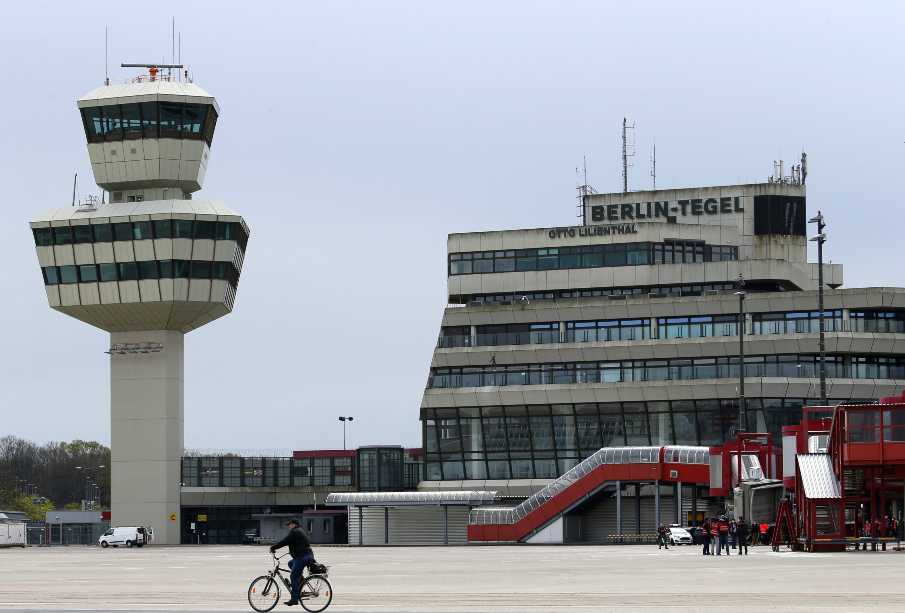If Sweden’s government gets its way, Bromma airport on the western edge of Stockholm will shut down and be used to build around 30,000 new homes, helping to ease a housing shortage that has sent prices in the capital soaring.
Sweden is not alone in seeking innovative ways to boost the supply of housing and, ultimately, reduce a build-up of mortgage debt that threatens the wider economy.
In many big European cities, prices have been rising for decades, pushed higher by a cocktail of low interest rates, land shortages and construction that cannot keep pace with demand.
At Berlin’s former Tegel airport, closed in November last year, the city’s authorities are planning to build more than 5,000 apartments. Politicians are also looking at whether they can build social housing at the former Tempelhof airport in the heart of the city.
“In the medium term, we need some 200,000 additional apartments,” Berlin Housing Senator Sebastian Scheel said, adding that half of those apartments should be built by the public sector and subsidised under social housing rules.
Despite the deep effects of the pandemic on Europe’s economies, prompting comparisons with the 2008 financial crisis, property price rises have picked up speed over the last year.
Demand from stay-at-home workers desperate for space for an office has contributed to the price surge, while unprecedented fiscal and monetary stimulus aimed at keeping economies afloat have poured more fuel on the fire.
British Finance Minister Rishi Sunak’s March budget extended a temporary cut to property purchase tax and announced a new scheme to help first-time buyers struggling to raise a deposit. British house prices recorded their biggest monthly rise in more than 17 years last month.
“What we were expecting to see was much the same as 2008 – that prices would drop,” Kate Everett-Allan, Head of International Residential Research at property consultancy Knight Frank, said.
“We had no idea the extent to which governments were going to support the market.”
In Berlin, prices are up 11% over the last year, the Global Property Guide, a residential property research site, showed.
And rising rents are a big problem for the city, where only about 17.4% of the population own their house or apartment. In Germany as a whole, roughly 50% of the population are renting and are exposed to rising rents eating up more disposable income.
With Germany’s federal election looming in September, politicians are scrambling to show voters they can solve the crisis, promising a mix of new social housing, more building land and tighter federal rules against excessive rent increases. But a quick fix is unlikely.
Stockholm, Luxembourg, Moscow and Bratislava have all seen double digit rises over the last 12 months, though in a small number of cities, like Madrid, prices have fallen.
Swiss bank UBS highlights Munich, Frankfurt, Amsterdam, Paris and Zurich as cities at risk of a property bubble. Four of the twelve European cities in UBS’s Global Real Estate Bubble Index are over-valued – including Stockholm – and only in Warsaw, Milan and Madrid were property prices reasonable.
“In the short term, the only solution is (for people) … to borrow more and more and more and that is a worry not only for individuals but for society as a whole,” Swedish central bank Governor Stefan Ingves said.
This week, Finland’s central bank warned about levels of household debt, echoing concerns at Sweden’s Riksbank and many other European authorities over the threat to the financial system.
Household debt levels in the Nordics are amongst the highest in the world in relation to disposable income, based on OECD data. (Reuters)


